Have you ever caught your dog responding to something you thought was totally random? Or maybe you tried to train them, only to get a blank stare in return? Dogs are masters at reading our signals—sometimes in ways that amaze us, and other times, in ways that leave us scratching our heads. From the heart-melting tilt of their head to the tail-wagging frenzy when you reach for the leash, our four-legged friends seem to get us. But sometimes, our cues send them completely off track! Let’s dig into the quirky cues dogs truly understand—and the ones that leave them hilariously confused or even anxious.
The Classic “Sit” Hand Signal
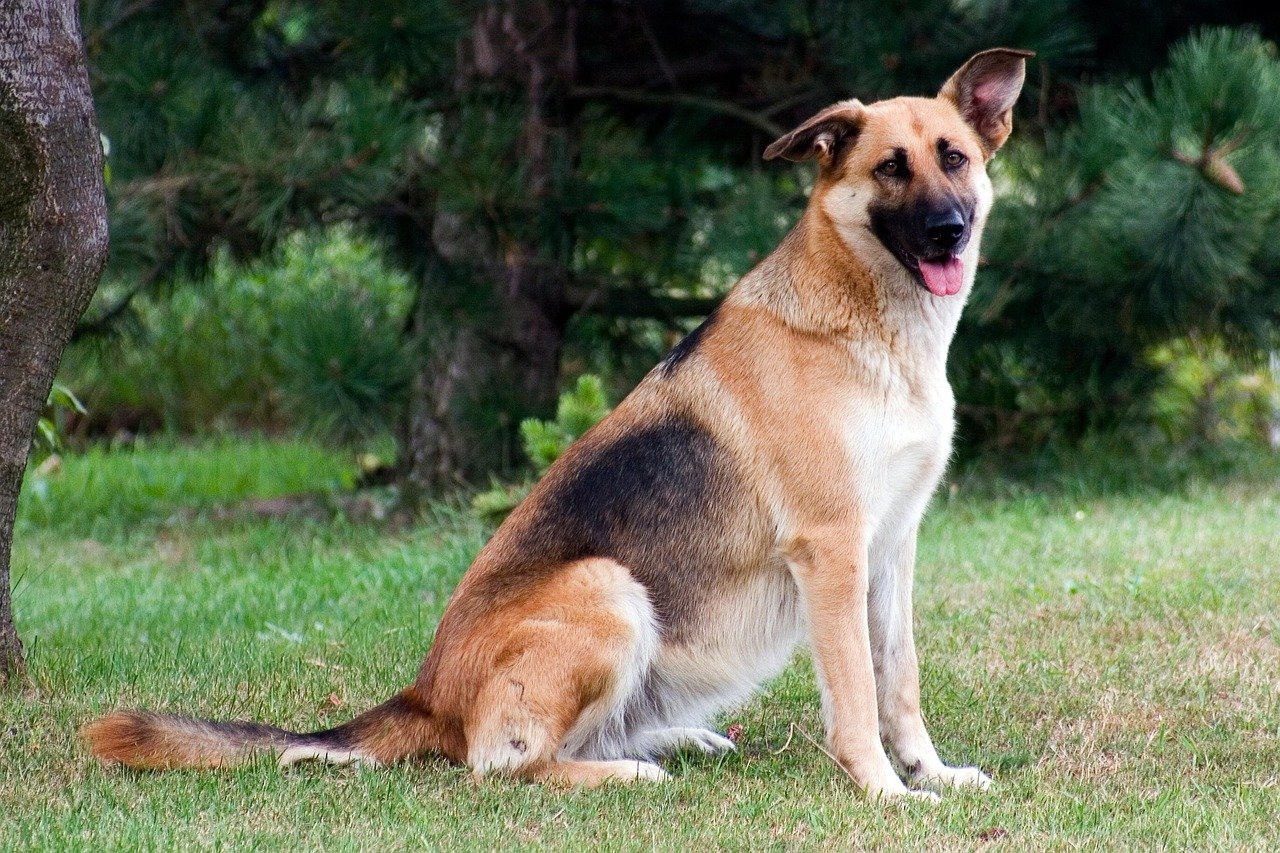
Most dog owners have tried teaching their pup to sit using a hand gesture, usually a simple upward sweep of the hand. This cue taps into your dog’s natural instinct to pay attention to movement. Dogs are visual learners, and clear, consistent gestures can work wonders. Over time, many dogs start to sit automatically when they see your hand rise, even before you say the word “sit.” It’s like they can read your mind! For dogs, this cue is straightforward and rarely misunderstood, making it a staple in basic training. Just make sure everyone in the family uses the same gesture so your dog doesn’t get mixed messages. If you want a reliable response, keep the hand signal crisp and always reward with praise or a treat.
Picking Up the Leash
Few things get a dog more excited than the sound of you grabbing their leash. This cue is a game-changer—they know it’s adventure time! Dogs quickly associate the jingle of the leash or the sight of you reaching for it with a walk, playtime, or even a car ride. The anticipation is so strong, you might notice your dog bouncing around or even bringing the leash to you. This is a cue that dogs not only understand but look forward to. Try picking up the leash at random times and watch your dog’s reaction. Their eager tail wagging and bright eyes are proof enough that this cue is crystal clear.
The “Come” Command and Body Language
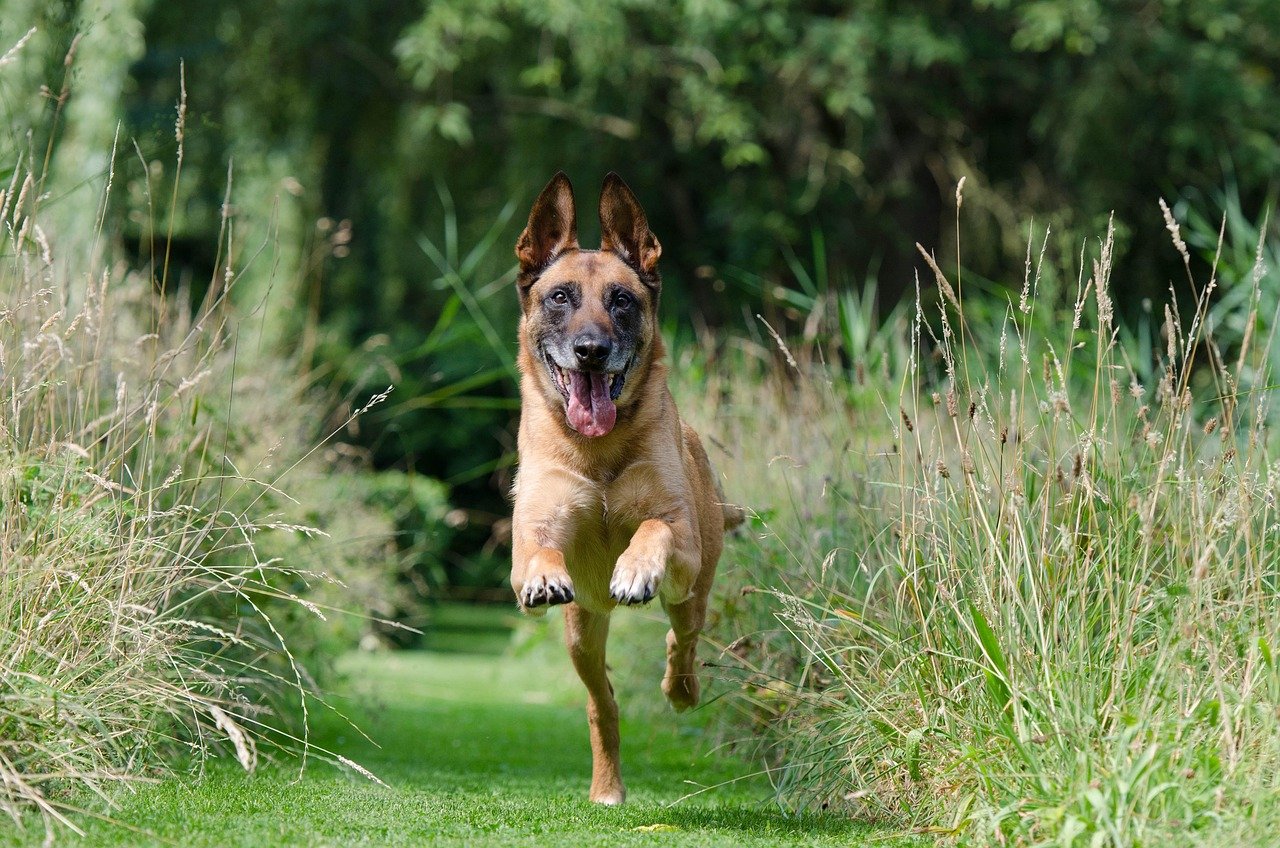
Dogs are surprisingly good at reading our posture and movements when calling them. If you crouch down, open your arms, and call “come,” most dogs will run right over. They read your open posture as welcoming and safe. But, if you stand tall and shout, your dog might hesitate or even walk away, sensing tension instead of warmth. Dogs thrive on positive, inviting body language. Adding a happy tone of voice and arms stretched wide makes your intent clear. This combination creates a powerful cue that your dog really understands—one that says, “Hey buddy, it’s safe to come over!”
Pointing at Objects
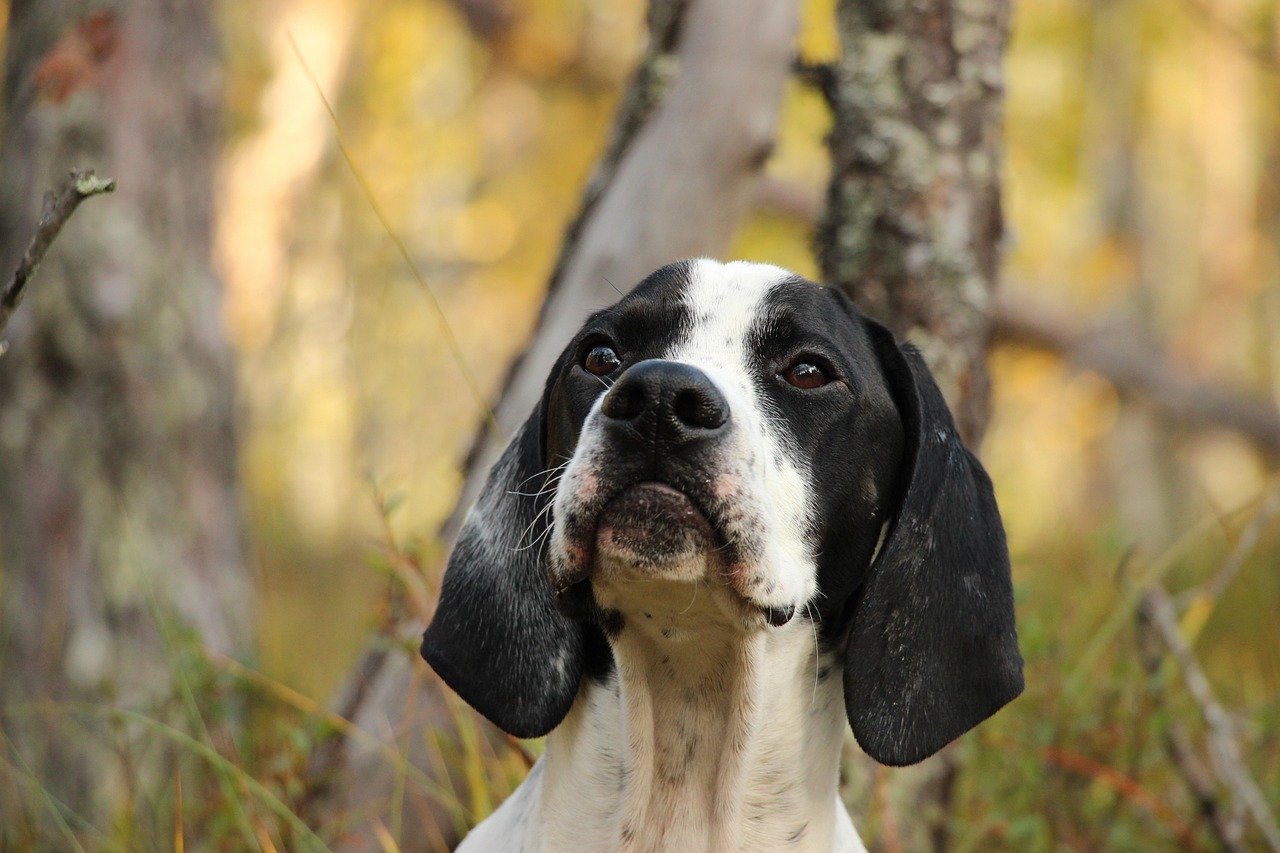
Pointing is a quirky cue that dogs truly get, even though it’s not something all animals understand. Research shows that dogs are one of the few species that can follow a human’s pointing finger to find an object or treat. If you point at a ball, your dog looks for it. If you point to their bed, they know where to go. This understanding likely comes from generations of living closely with humans. It’s almost like dogs are hardwired to follow our cues, making them exceptional at teamwork. Try it out—you’ll be amazed at how quickly your dog can become a treasure hunter with just the flick of your finger.
The “Stay” Cue with a Raised Palm
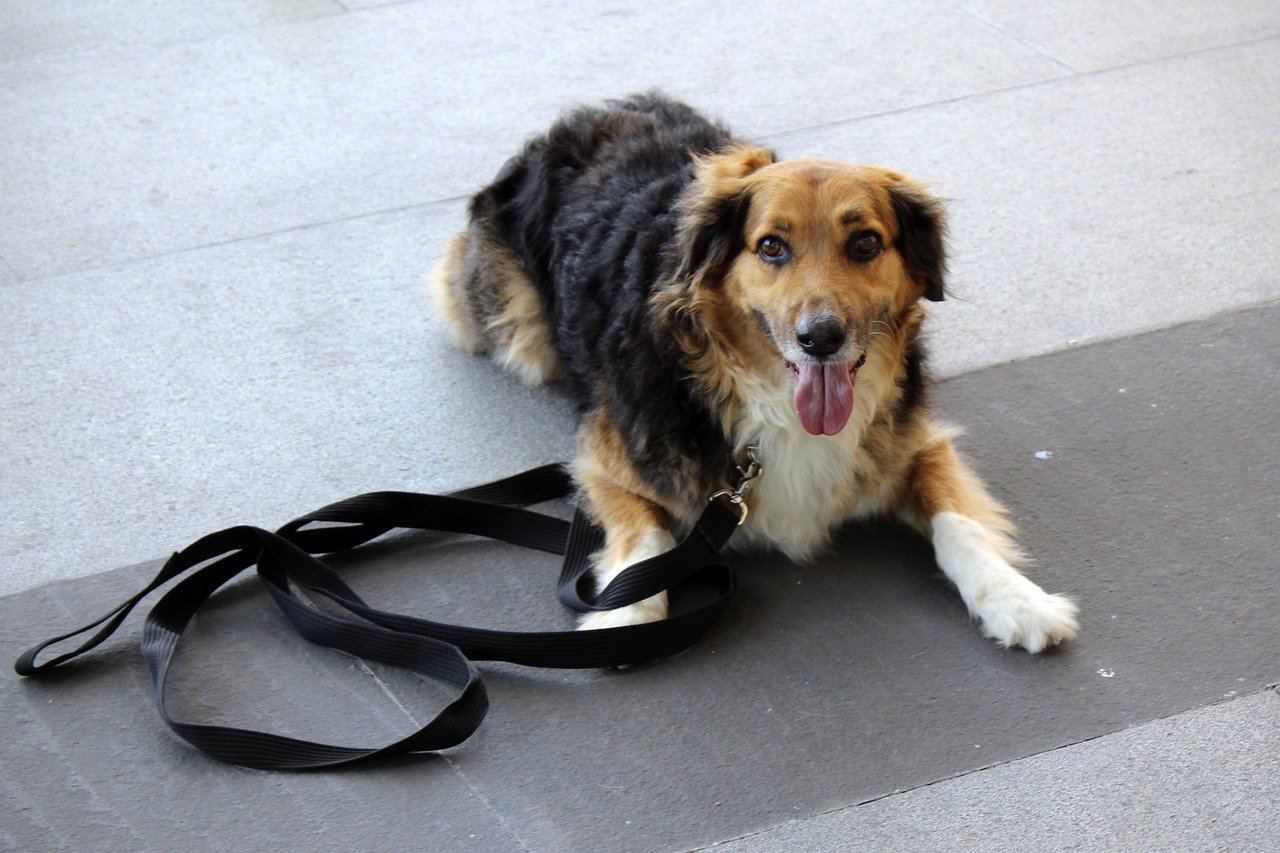
Holding your palm out like a stop sign is a powerful signal for dogs. It’s a clear, visual command that tells them to freeze and wait. Dogs quickly learn to associate this gesture with holding their position, especially when combined with the word “stay.” Consistency is key—use the same gesture every time, and reinforce with rewards. Over time, your dog will “get it,” even from across the room. This cue works wonders in busy or distracting environments, keeping your dog safe and focused. It’s a great way to teach impulse control and patience, which every dog needs.
Clapping or Patting Your Legs
Ever notice your dog come running when you clap or pat your thighs? This quirky cue taps into your dog’s excitement and desire for interaction. The sound and movement grab their attention, signaling fun or playtime. This is especially effective for recall, as the gesture is inviting and energetic. Many dogs learn to associate this cue with positive things like fetch, belly rubs, or affection. It’s a cue that bridges the gap between training and play, creating a stronger bond between you and your furry friend. Just be sure to use it in the right context, so your dog doesn’t get confused.
Eye Contact and Facial Expressions
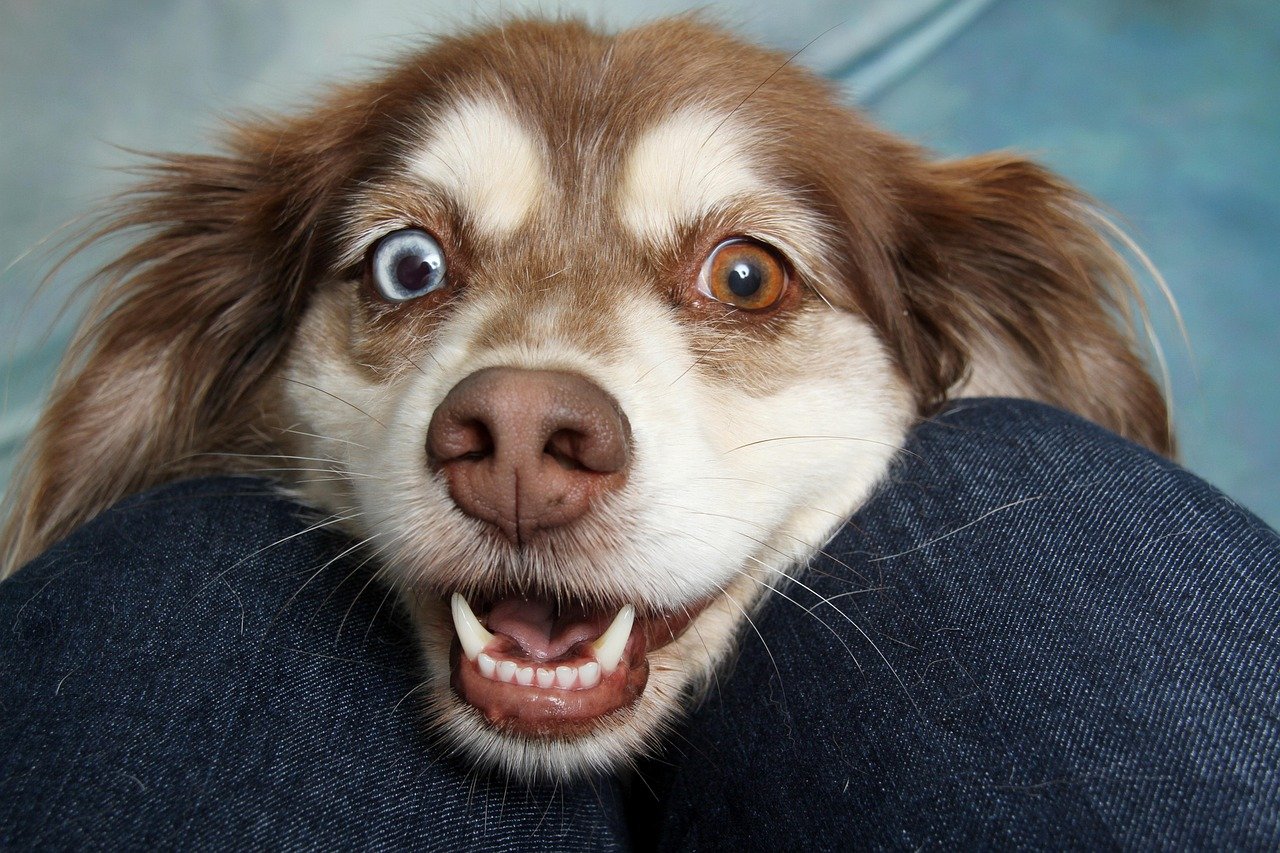
Dogs are ridiculously good at reading our faces. A soft gaze and a smile can put them at ease, while a stern look might make them sit up and pay attention. They’ve evolved to understand human emotions through eye contact and subtle expressions. For example, raising your eyebrows or widening your eyes can signal excitement or playfulness. Dogs use these cues to figure out how we’re feeling and what’s coming next. It’s almost like they can read our minds, just by watching our faces. Use gentle eye contact to reassure your dog or get their attention—it’s a silent language that speaks volumes.
“All Done” or “Finished” Gestures
Many owners use a hand wave or clap to show their dog that playtime or a meal is over. Dogs can learn to associate these cues with the end of an activity. It’s like telling them, “That’s it, we’re done here.” Over time, a clear “all done” cue helps your dog transition smoothly from one activity to another, reducing frustration or confusion. This is especially useful during training or play sessions. It teaches your dog boundaries and helps them understand when it’s time to settle down. Consistent use of this cue can turn chaos into calm in no time.
Confusing Verbal Commands
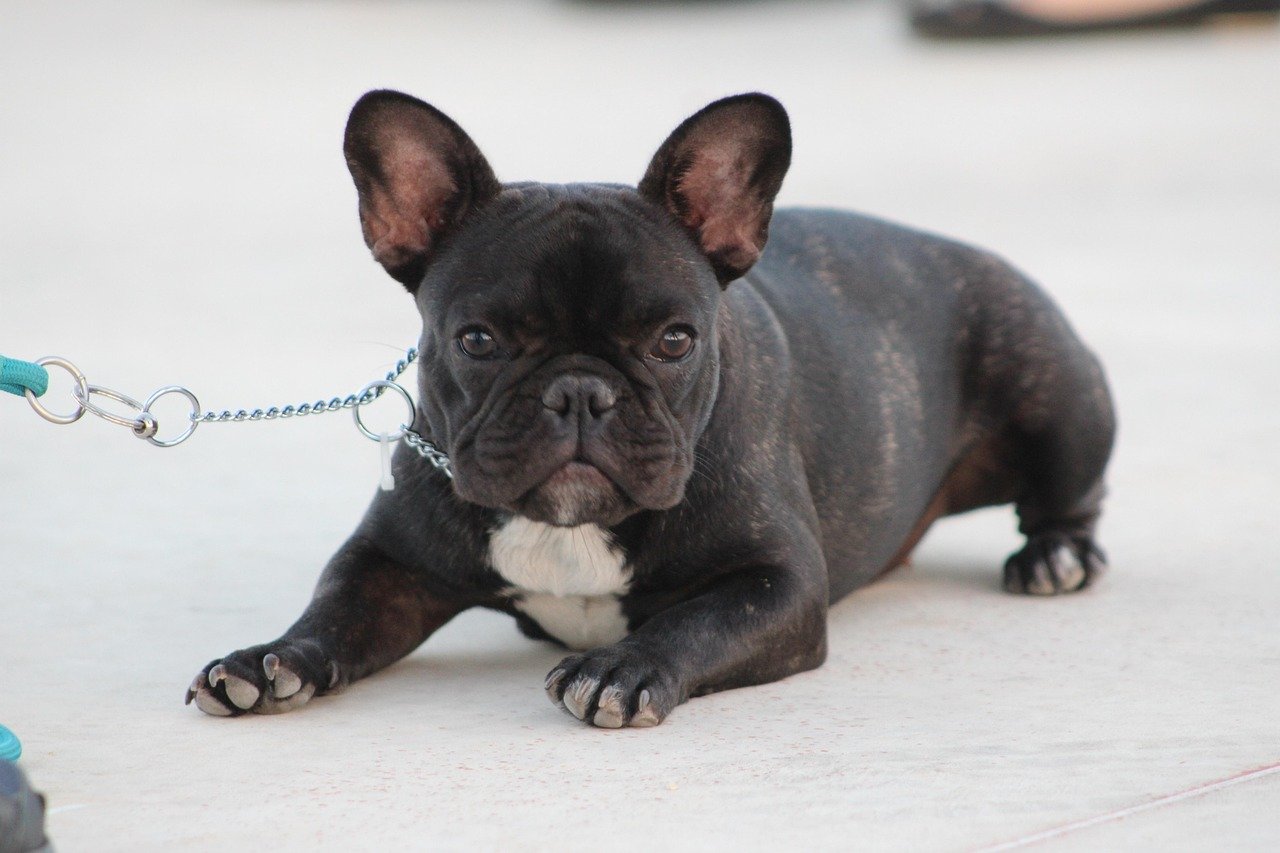
Sometimes, our words just don’t make sense to dogs. Using similar-sounding commands like “sit” and “hit” or “down” and “crown” can seriously confuse them. Dogs don’t understand language the way we do; they rely on distinct sounds and repetition. Jumbled commands or rapid-fire instructions can leave your dog unsure of what you want. This can lead to frustration on both ends. To avoid confusion, choose clear, unique words for each cue, and stick to them. Consistency is everything when it comes to helping your dog learn.
Mixed Signals with Body Language
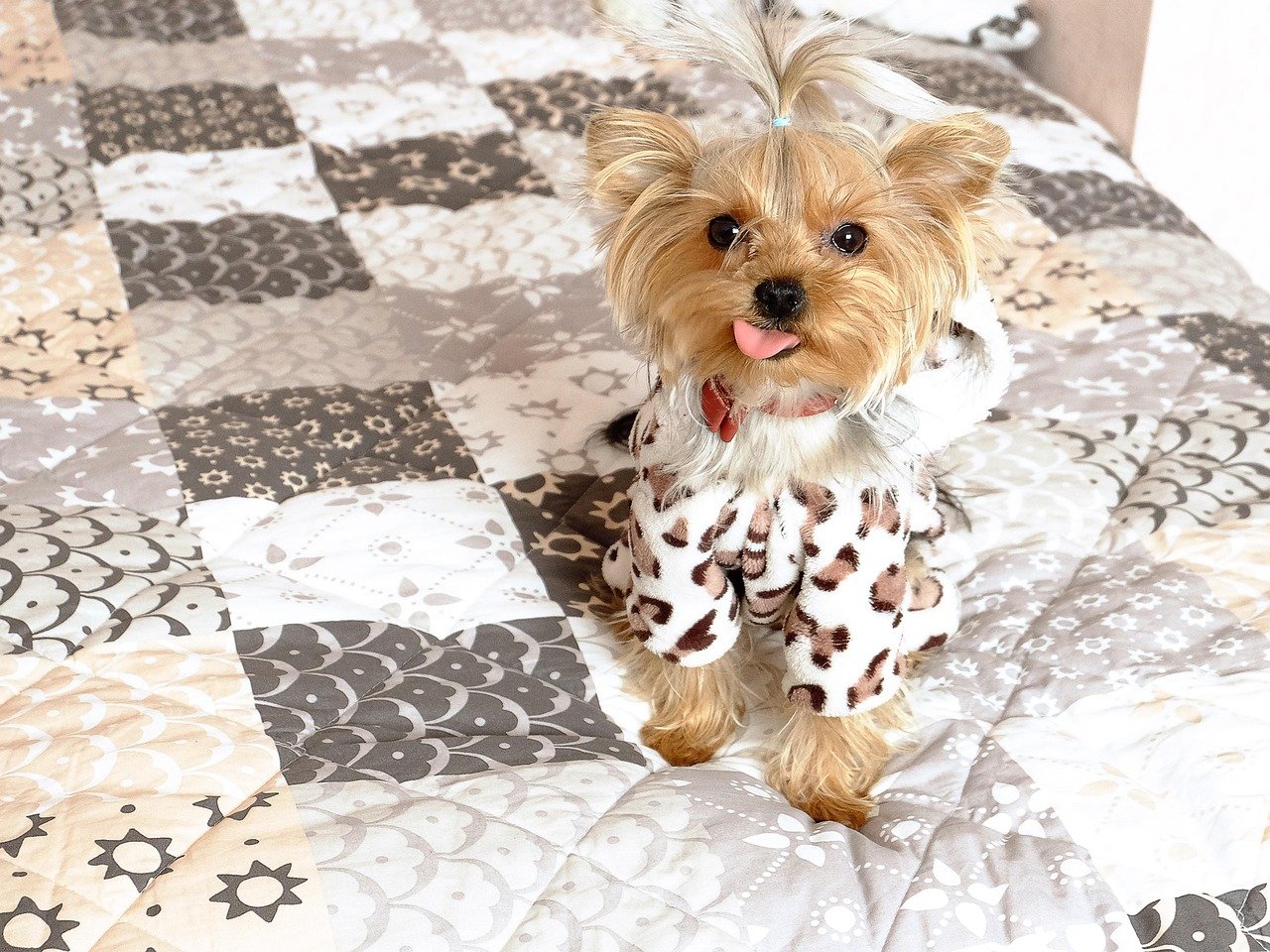
Ever tell your dog to “stay” while backing away nervously? Or say “come” with your arms crossed? Dogs pick up on these subtle signals and can get confused if your words and body language don’t match. They’re experts at reading posture, so mixed signals can undermine your training. For the clearest communication, make sure your body language always matches your words. If you’re feeling anxious, your dog might pick up on that and respond with uncertainty. Dogs crave clear, confident cues—they’re like emotional mirrors, reflecting back what you project.
Raising Your Voice in Frustration
Yelling rarely gets the result you want with dogs. In fact, raising your voice can send the wrong message entirely. Instead of understanding, your dog may become anxious or even fearful. Dogs respond better to calm, firm, and positive tones. Shouting can break trust and make your dog hesitant to listen in the future. If you’re feeling frustrated, take a deep breath and try again with a gentle voice. Your dog will thank you for it, and you’ll see better results in the long run.
Unintentional “Release” Cues
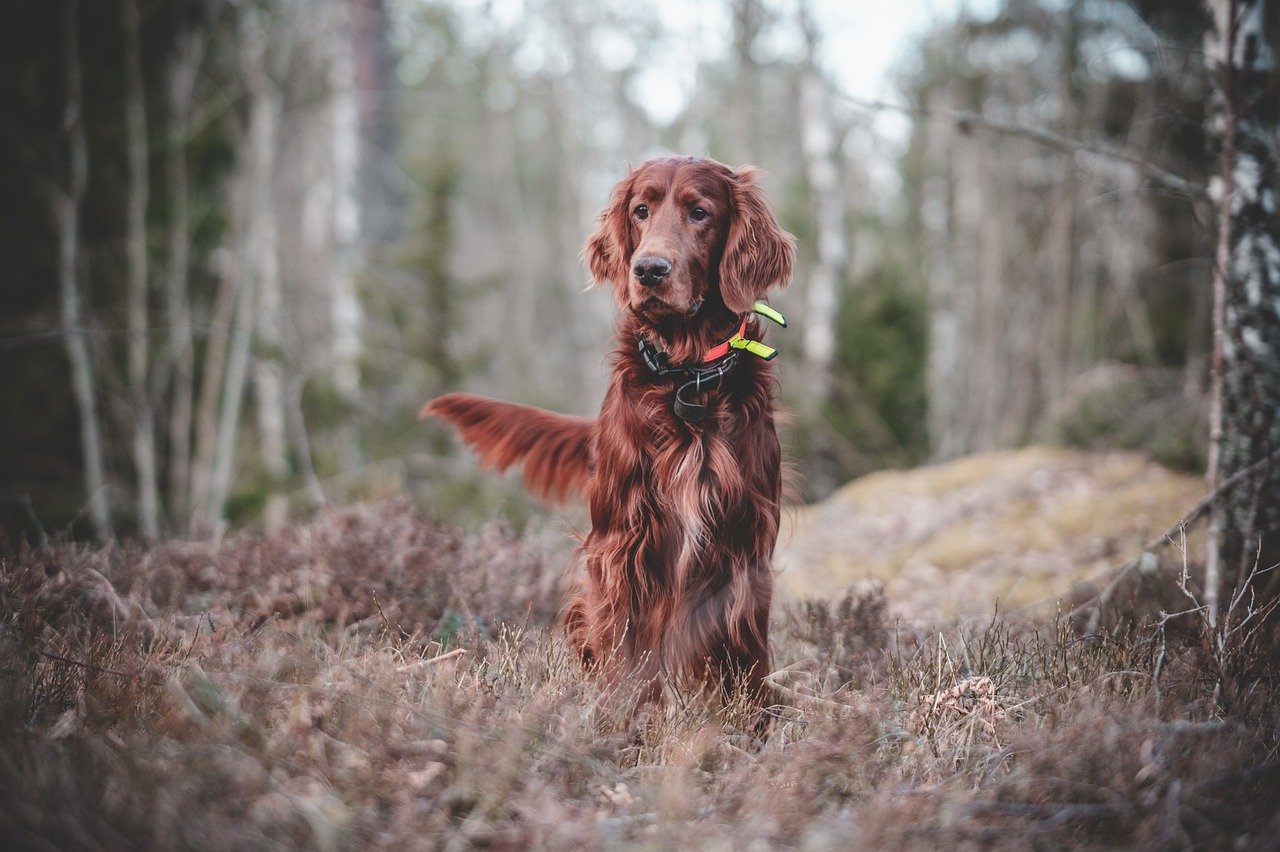
Sometimes, we accidentally teach dogs that certain actions mean they’re free to move. For example, taking a step back or turning away after giving a “stay” command can make your dog think the exercise is over. This sends a confusing message, undoing your hard work. To avoid this, always use a specific release word like “okay” or “free” and stay consistent. Be mindful of your movements—dogs are watching every little thing you do. With practice, your dog will learn exactly when they’re supposed to break from a command.
Overusing Their Name
Calling your dog’s name over and over can actually make them tune it out. If you say their name without giving a clear command, your dog may stop paying attention altogether. Dogs need to learn that their name means “look at me, something important is coming.” Save their name for when you truly need their focus, followed by a command or cue. This keeps their responses sharp and enthusiastic. Think of their name as a spotlight—use it wisely, and your dog will stay engaged.
Inconsistent Training from Different Family Members
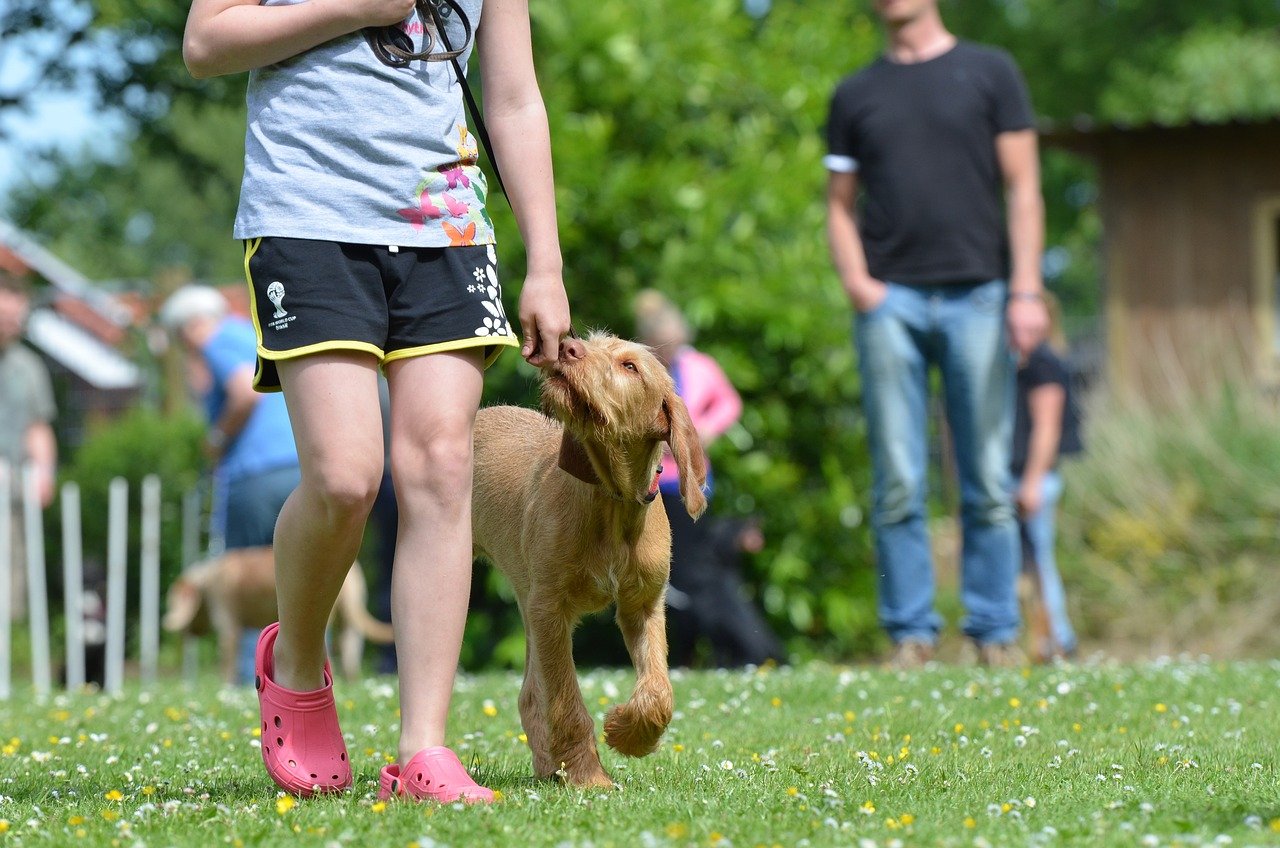
Dogs thrive on routine and consistency. When different people in the household use different words, gestures, or rules, it can leave your dog baffled. One person says “off,” another says “down,” and someone else just shouts “no”—it’s enough to make any dog’s head spin! To avoid this, make sure everyone is on the same page with commands and expectations. Hold a quick family meeting if you need to. The more consistent you are, the faster your dog will learn and the less confused they’ll be.
Ignoring Good Behavior
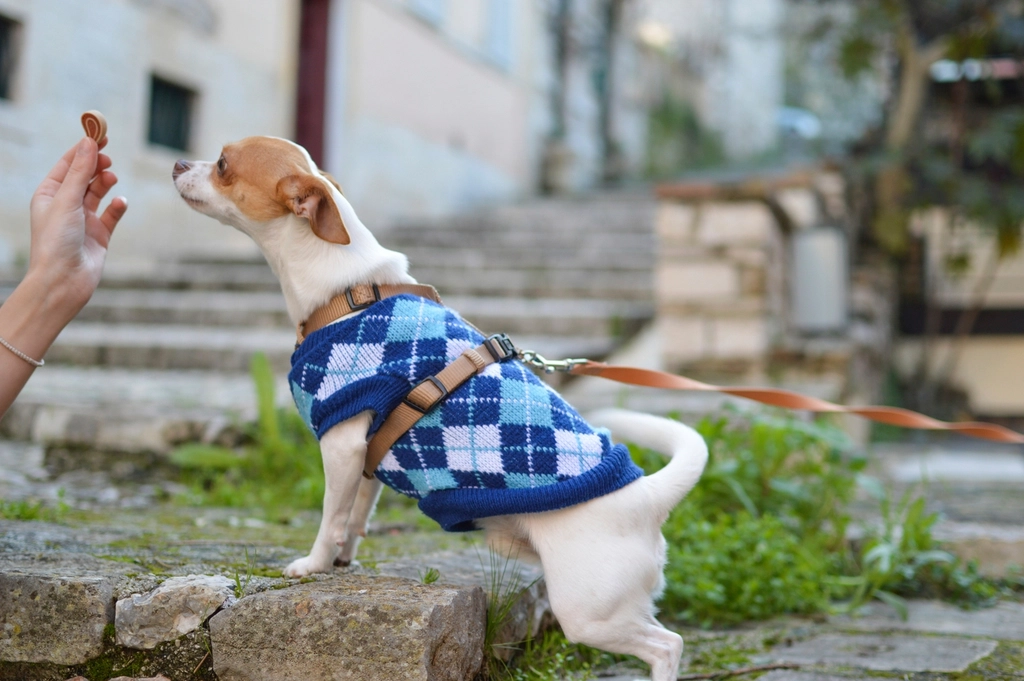
Sometimes, we forget to acknowledge when our dogs do the right thing. Ignoring good behavior can send the wrong message—your dog might not know they did well. Positive reinforcement is key. If your dog sits quietly or comes when called, shower them with praise or a treat. This lets them know exactly what you want, making it more likely they’ll repeat the behavior. Don’t let those little victories slip by unnoticed. Your dog wants to please you, so celebrate their successes, big or small.
Sudden Changes in Routine
Dogs are creatures of habit. Sudden changes in daily routines—like feeding times, walk schedules, or sleeping arrangements—can send dogs into a tailspin. These shifts can create anxiety or confusion, making your dog unsure about what’s expected of them. While life can be unpredictable, try to keep routines as stable as possible. If changes are unavoidable, ease your dog into them gradually. Offer extra reassurance and keep cues consistent during transitions. Your dog will feel more secure, and you’ll both enjoy a smoother adjustment.
Dogs are incredibly intuitive, often picking up on subtle cues we don’t even realize we’re giving. Understanding which gestures and behaviors make sense to them—and which ones confuse or mislead—can greatly improve your relationship and communication. By being mindful of the signals you send, you help your dog feel more secure, confident, and connected. Whether it’s a quirky cue they’ve come to understand or one that needs adjustment, your awareness strengthens the trust and clarity that every great human-dog bond is built on.

Sumi Sarkar from India holds a B Tech degree in Information Technology, is a freelance film maker, scriptwriter, content editor who loves animals, especially dogs.






